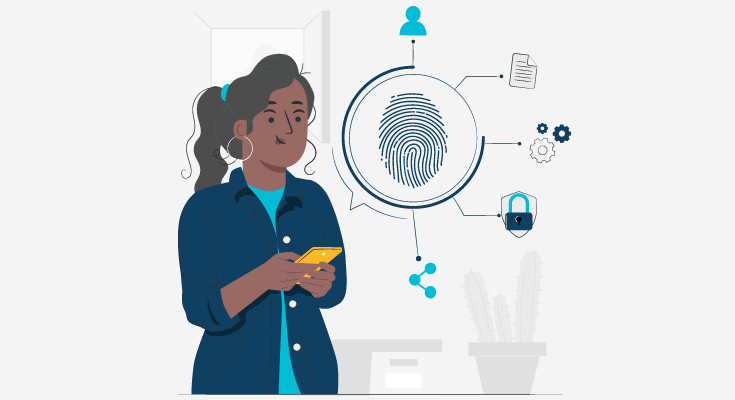In today’s fast-paced digital world, where financial transactions occur across borders and online platforms, the need for robust identity verification has become paramount. Wealth management companies, tasked with safeguarding the assets and interests of their clients, face increasing challenges in combating fraud, money laundering, and identity theft.
In this blog, we will explore the importance of identity verification for wealth management companies and how it contributes to maintaining trust, complying with regulations, and mitigating risks.
Why Wealth Management Companies Should Do Identity Verification
1. Safeguarding Against Fraud and Identity Theft
Wealth management companies handle vast amounts of sensitive client information, including personal identification details, financial records, and investment portfolios. By implementing effective identity verification processes, these firms can ensure that the individuals they engage with are who they claim to be, minimizing the risk of fraud and identity theft.
By verifying the identity of clients, wealth management companies can significantly reduce the chances of unauthorized access to accounts and protect their clients’ assets from falling into the wrong hands.
2. Upholding Trust and Reputation
Trust is the cornerstone of any successful wealth management firm. Clients entrust their financial well-being to these companies, relying on their expertise to manage their wealth effectively. By prioritizing identity verification, wealth management companies demonstrate their commitment to due diligence and protecting the interests of their clients.
This instills confidence and peace of mind in clients, fostering long-term relationships built on trust. Maintaining a strong reputation in the industry is crucial for attracting new clients and retaining existing ones, and identity verification plays a pivotal role in this endeavor.
3. Compliance with Regulatory Requirements
Wealth management companies operate in a highly regulated environment, with stringent anti-money laundering (AML) and know-your-customer (KYC) regulations in place. These regulations aim to prevent illicit financial activities, such as money laundering, terrorist financing, and tax evasion. Identity verification serves as a fundamental component of compliance with these regulations, ensuring that wealth management firms have a clear understanding of their clients’ identities, backgrounds, and financial activities.
Failure to comply with AML and KYC requirements can result in severe legal consequences, financial penalties, and damage to a firm’s reputation.
4. Mitigating Risks and Enhancing Due Diligence
Wealth management companies deal with a range of risks, including market volatility, investment fraud, and reputational risks associated with clients’ activities. By implementing robust identity verification measures, these firms can mitigate the risk of onboarding clients with dubious backgrounds or questionable intentions.
Thorough due diligence conducted during the identity verification process allows wealth management companies to assess the legitimacy of clients’ funds, understand their risk appetite, and identify any potential conflicts of interest. This proactive approach helps to protect the company, its clients, and the broader financial ecosystem from undue risks.
5. Leveraging Technological Solutions
Advancements in technology have revolutionized identity verification processes. Wealth management companies can now leverage various tools and technologies, such as biometrics, artificial intelligence, and data analytics, to enhance the efficiency and effectiveness of their identity verification procedures.
Biometric authentication, for example, offers a high level of accuracy and security by verifying individuals based on unique physical attributes like fingerprints, facial recognition, or iris scans. These technological solutions not only streamline the verification process but also provide real-time monitoring capabilities to identify and address suspicious activities promptly.
Conclusion
Identity verification is crucial for wealth management companies to protect their clients, maintain trust, comply with regulations, and mitigate risks. By implementing robust verification processes and leveraging technological advancements, these firms can safeguard against fraud and identity theft, uphold their reputation, and enhance due diligence.
In an increasingly digital and interconnected world, identity verification remains a vital tool for wealth management companies to navigate the complexities of the financial landscape while ensuring the safety and security of their client’s assets.







